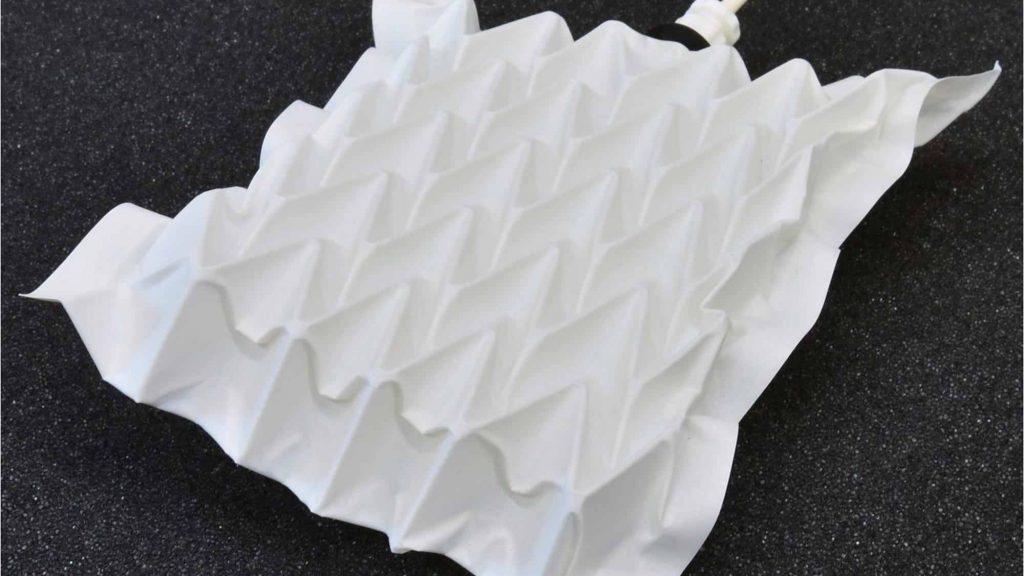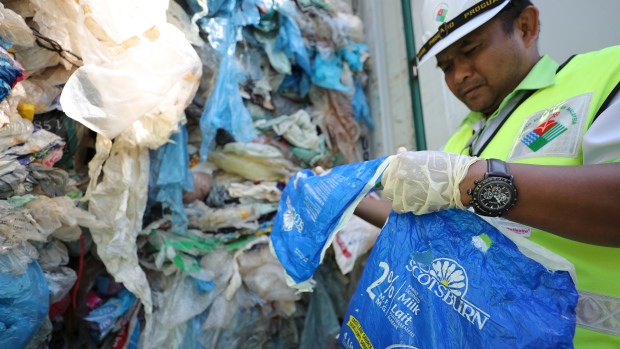Scientists Used Origami as Inspiration to Build Artificial Muscle
Scientists at the Massachusetts Institute of Technology and Harvard University have been inspired by Origami and created an artificial muscle that can lift 1,000 times its own weight
The artificial muscle can lift up to 1,000 times its own weight and can be dexterous enough to grip and raise a flower.
The device offers a new way to give soft robots great strength, which could be used everywhere from inside out bodies to outer space.
Until now, robots have been mainly built from metal and hard materials so that it gives them strength. However, robots also need to be made of soft, pliant materials to be able to easily navigate through unpredictable environments and safely interact with people.
With this in mind, scientists have tried to make robots out of soft parts.
“We’ve been interested in soft robots for a long time because they’re safe, because they are compliant and because they can deal with uncertainty,” said roboticist Daniela Rus, director of MIT’s Computer Science and Artificial Intelligence Laboratory and one of the study’s senior authors. “They’re very robust and easy to control, relatively speaking.”
Unfortunately, there is one drawback to soft-bodied bots: they are not power lifters.
“What we want are soft, safe, compliant robots that have strength, that have the properties that are now achievable with hard-bodied systems,” Rus said. “This way we have the best of both worlds.”
Rus and her colleagues solved this issue by looking up to origami techniques, which have recently proved useful for making many kinds of robots as they have the potential to produce many complex designs at low cost due to due to the fact that they use small amounts of material and simple processes.







